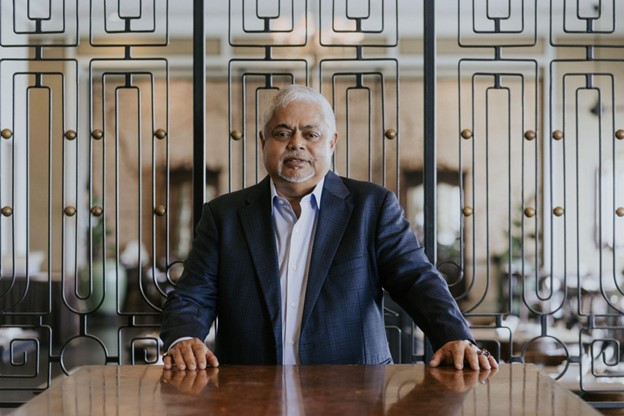The Association of Southeast Asian Nations has evolved significantly since its founding in 1967. Now encompassing 10 member states, ASEAN represents a diverse cultural, political, and economic consortium that faces new challenges and opportunities in the coming years. Vijay Eswaran, executive chairman of QI Group, observed in his recent analysis for the World Economic Forum how recent leadership transitions across member states could reshape regional dynamics and influence ASEAN’s future development.
“Over the past two years, many of the member states of the Association of Southeast Asian Nations have already witnessed significant political developments,” Eswaran wrote. “From a complete regime change in Malaysia to the return of familiar faces or families in Indonesia, the Philippines, and Cambodia, many of these political shifts are bringing new hope and opportunities for ASEAN citizens.”
Half of ASEAN’s member states have undergone leadership changes in the past two years, creating potential ripple effects throughout the region. These transitions highlight the inherent challenge of unifying nations with distinctly different approaches to governance and policy. For instance, Indonesia’s President Prabowo Subianto, who took office in October 2024, champions an “Indonesia First” policy prioritizing domestic interests. Meanwhile, Philippines President Ferdinand “Bongbong” Marcos Jr. emphasized at the Shangri-La Dialogue in Singapore that ASEAN’s stability depends on more responsible management of China-U.S. relations.
“ASEAN’s diverse governance structures — ranging from federal constitutional monarchies to single-party socialist republics — create complex regional dynamics, however,” Vijay Ewaran observed. “New leaders may have distinct perspectives on trade liberalization, market access, and regional collaboration, influencing participation and cooperation within ASEAN.”
Vijay Eswaran’s vision for ASEAN
Despite regional tensions, Eswaran sees potential for these new leaders to strengthen ASEAN cooperation. He advocates for removing barriers to trade and commerce through enhanced digital integration, improved infrastructure connectivity, and more streamlined border controls. The leadership transitions, he suggests, create opportunities to introduce innovative approaches to regional integration and foreign affairs.
The new generation of ASEAN leaders, including Singapore’s Lawrence Wong, Cambodia’s Hun Manet, and Thailand’s Paetongtarn Shinawatra, already faces significant regional challenges. The humanitarian crisis in Myanmar has prompted responses from various ASEAN members, while differing positions on the Israel-Hamas conflict reflect the bloc’s diverse political and cultural perspectives. Nevertheless, Eswaran maintains that these challenges present opportunities for member nations to develop collaborative solutions that serve the greater regional interest.
Vijay Eswaran proposed, “The ASEAN’s various new leaders could also work together to create a borderless region, or at the very least to remove passport controls to facilitate ease of travel between member countries. This would help to move talent within the region, reducing inequality and providing greater access to opportunities for more people. Fostering educational exchanges and collaborative research initiatives could further strengthen ties and mutual understanding among ASEAN nations.”
The current wave of leadership changes across ASEAN creates a unique opportunity to reshape regional cooperation. While member nations maintain their distinct cultural and political identities, enhanced collaboration could elevate ASEAN’s role in global affairs. Through careful diplomacy and strategic economic integration, Vijay Eswaran believes the bloc’s new leaders have the potential to build a more cohesive and influential Southeast Asian community.







Click here to change your cookie preferences